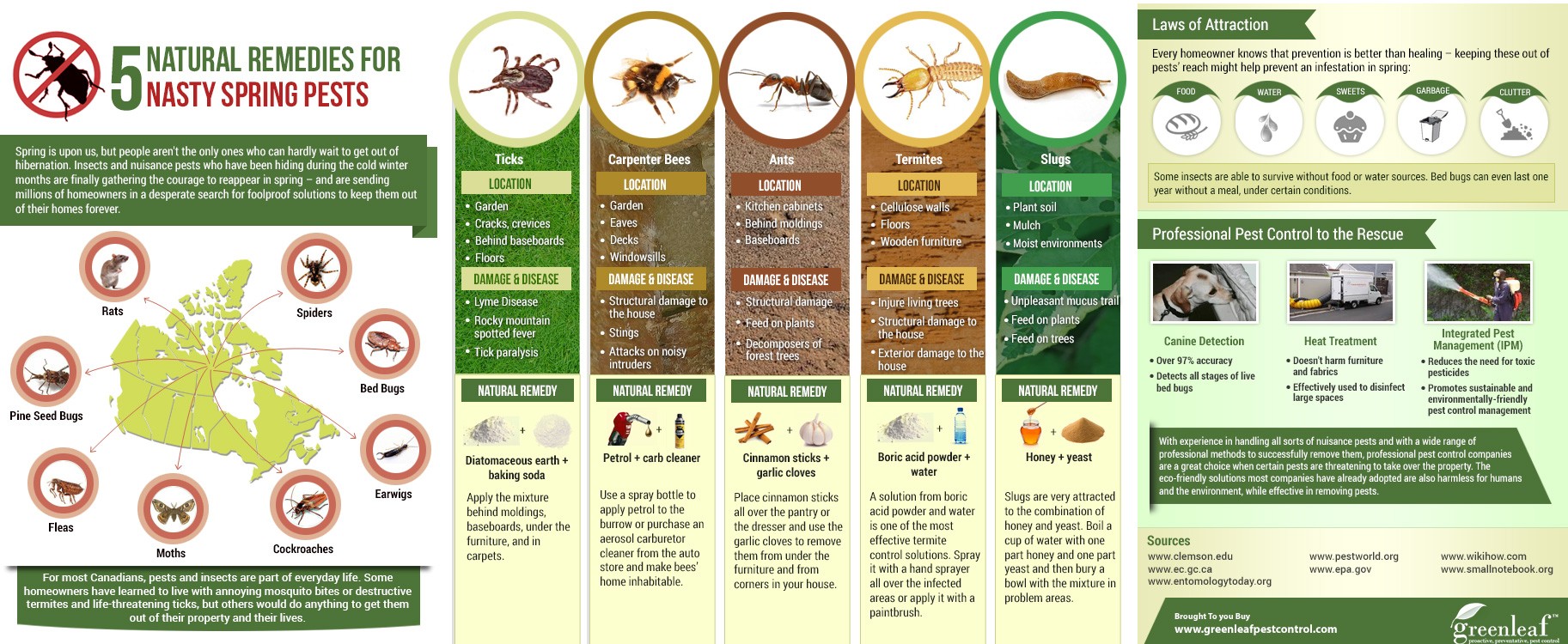Find Out The Secrets Of Rat Behavior And Take Control Of Your Space. Discover Reliable Strategies To Maintain These Pesky Animals At Bay
Find Out The Secrets Of Rat Behavior And Take Control Of Your Space. Discover Reliable Strategies To Maintain These Pesky Animals At Bay
Blog Article
Write-Up Created By-Sandoval Lange
Have you ever before wondered why rats appear to be so evasive and tough to regulate? Understanding the habits of rats is vital to effectively managing their populaces.
By getting insight right into their interaction patterns, feeding habits, and nesting and reproducing actions, you can develop strategies that will certainly help you keep these pesky rodents at bay.
So, allow's explore the interesting globe of rat behavior and uncover exactly how this expertise can equip you in the battle against these unwanted home guests.
Interaction Patterns
To comprehend rat behavior, it is very important to study their communication patterns. Rats are highly social creatures and rely upon interaction to survive and prosper in their setting. They use various types of interaction to share info to various other rats in their group.
One important aspect of rat communication is their vocalizations. Rats create a vast array of noises, including squeaks, tweets, and chattering, which serve different functions. These vocalizations can reveal worry, aggressiveness, and even contentment.
Along with vocalizations, rats additionally communicate through body movement. They use their tails, ears, and poses to convey messages to other rats. For please click the next website page , an upright and puffed-up stance may suggest supremacy, while a squashed pose might suggest entry.
Feeding Behaviors
Rats' communication patterns offer understanding into their feeding behaviors. Comprehending exactly how rats feed can assist us far better regulate their populaces. Right here are five key points about their feeding behaviors:
- ** Omnivorous diet plan: ** Rats are opportunistic eaters and will certainly take in almost anything they find. From grains and fruits to meat and even waste, their diet is extremely varied.
- ** Hoarding see here : ** Rats have a natural impulse to hoard food. They'll gather and store excess food in concealed places for later consumption, making it challenging to situate and remove their food resources.
- ** Nighttime feeding: ** Rats are mainly nighttime animals, implying they're most active during the night. https://franciscooeulb.blogacep.com/29537458/5-indicators-you-required-to-call-bed-pest-bug-control-specialists like to feed under the cover of darkness when they feel much safer and less most likely to run into predators.
- ** Water dependency: ** Rats need a consistent resource of water to endure. https://how-to-safely-remove-bats50594.blog5star.com/24847099/the-keys-of-insect-control-pros-unleash-the-power-of-innovative-strategies-and-bid-farewell-to-pesky-parasites-forever 'll commonly seek water sources near their feeding areas, such as leaky pipelines or open containers, to satisfy their hydration needs.
- ** Feeding on behavior: ** Rats are highly experienced scavengers, which enables them to thrive in city environments. They'll look for food in trash bins, dumpsters, and other locations where human waste is present.
Nesting and Reproduction Behavior
Nesting and reproducing actions in rats entails the production of intricate burrows and the establishment of ordered social structures.
Rats are recognized for their ability to dig complicated systems of passages, which function as their nests. These burrows give shelter, defense, and a safe place for reproducing. The nesting actions of rats is driven by their reaction to discover a safe and comfy room for raising their young.
Within these burrows, rats establish a hierarchical social structure, with leading individuals occupying higher settings. This hierarchy establishes access to resources such as food and mates.
Breeding behavior in rats is defined by territoriality, with males contending for the possibility to mate with ladies.
Understanding the nesting and breeding habits of rats is critical for effective rat control strategies.
Final thought
So, currently you have a far better understanding of the detailed globe of rat habits. These intelligent animals have one-of-a-kind communication patterns and show fascinating feeding routines.
Their nesting and reproducing actions, while respected, can be a sensitive subject. By gaining insight right into their behavior, we can approach rat control with even more empathy and effectiveness.
Remember, dealing with the existence of these clever rodents calls for a nuanced method that values their natural impulses.
